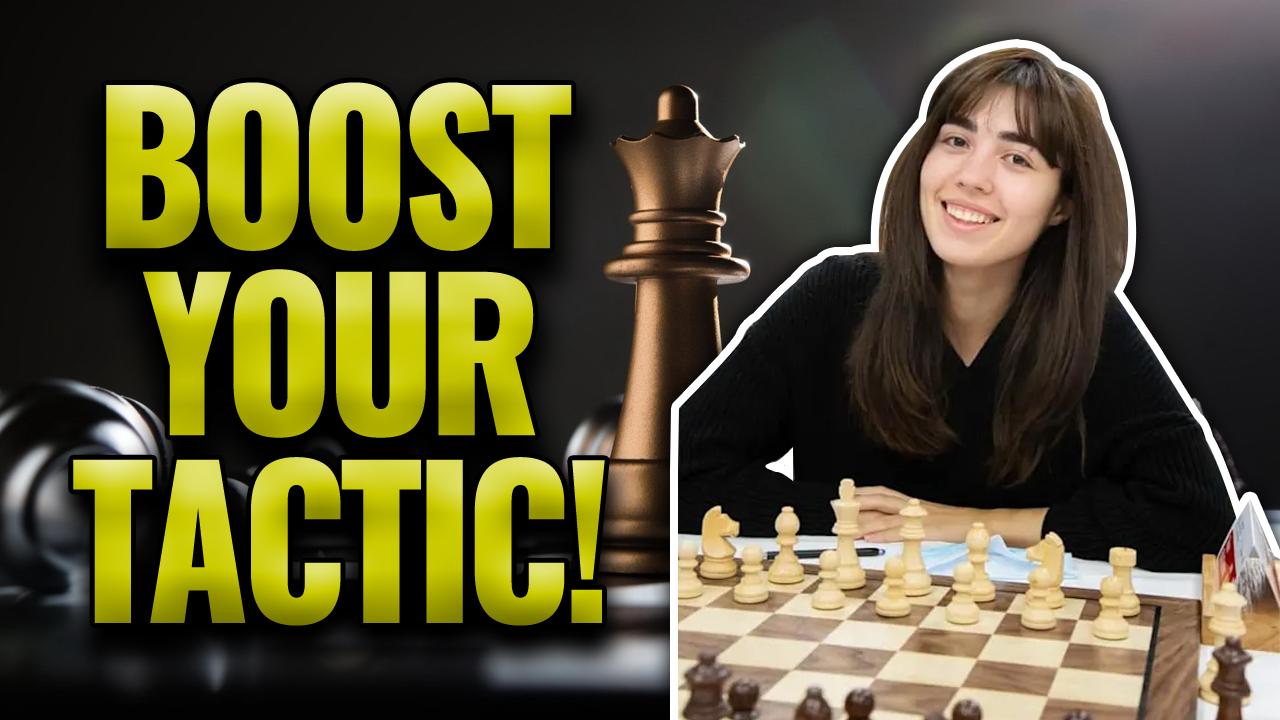
Calculating Attacks and Threats
Many chess players have witnessed the excitement during a game when you look at a piece that is placed at a weak spot. But when you attack that piece, you eventually end up losing your piece and that is because you did not calculate your move before attacking your opponent.
Calculating your moves from the start to the end game not only helps you strategize a strong attack for your opponent but also helps you detect your opponent’s future threats. Calculating when you sense an attack, mostly helps you to get rid of mistakes and helps you boost your confidence.
This article will cover the most important aspects of a chess game from beginner level to an intermediate level in which the art of calculating threats and attacks will be discussed. To learn about strategic development in detail, feel free to read your first strategy kit.
Forced Moves
Forced moves play a crucial role in a middle game that restricts a player to either defend against the threat or lose your piece to give your opponent a material advantage. There are mainly three kinds of forced moves that are given below.
- Threats – Moves that force people to make quick decisions and respond mostly in a defensive way, a single move can create multiple threats on the board, if not seen, can become a vulnerability.
- Captures – Forced captures are mostly seen in a piece exchange. However, if you have tactical skills, calculating your moves can even give you a positional advantage.
- Checks – multiple checks to your opponent's king can relatively destroy their plots. For instance, if your opponent's king is exposed, the right piece of calculation and a sequence of checks can lead to a checkmate.
It is now understood, that the forced moves with attacks and threats can leave your opponents to few possible moves that are easy to calculate and provide you more material advantage.
Visualization Skills
The right set of calculations completely relies on your visualization skills. It is all about finding if a sequence of moves is played, a certain position will be reached that can either give you a material advantage or a setback.
The best way to find out if your visualization skills are good enough or require a significant improvement is to make sure you are confident about your next set of moves, however, if you keep on visualizing the same variations over and over again, then you need to practice more on spotting tactics or threats.
How to calculate with confidence?
The best way you can improve on calculating threats and attacks is to practice tactical chess puzzles by keeping in mind forced variations.
Always calculate your opponent’s last moves and even better if you predict their next moves. But, if you keep on developing your pieces and focus on your strategy, your opponent can eventually infiltrate your plans and destroy your developing pieces.
To get more tactical material, explore the website given below and start your journey by learning with the best tutors and your first strategy kit.
Website: Chess boost
Course: Everyone's First Strategy Kit